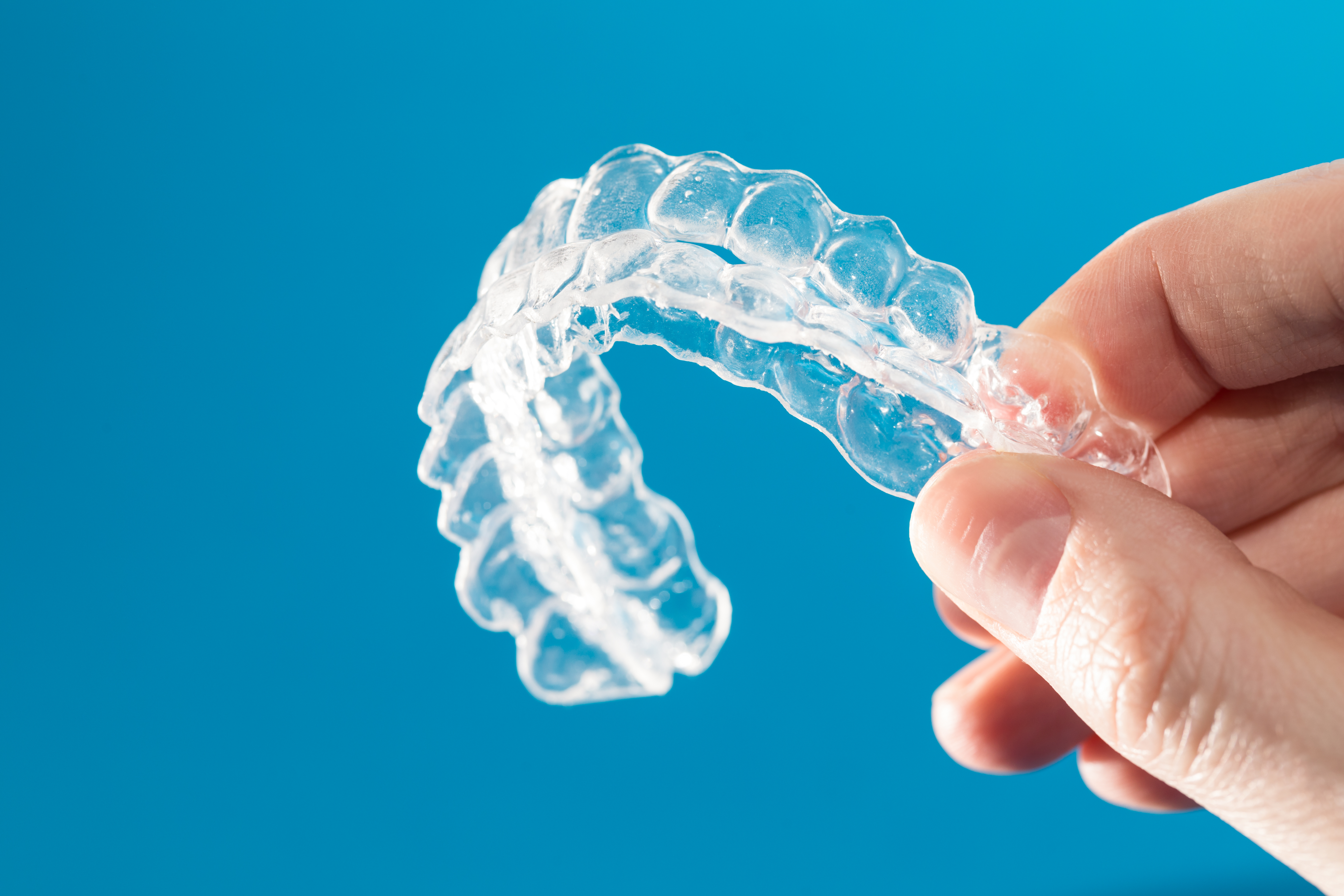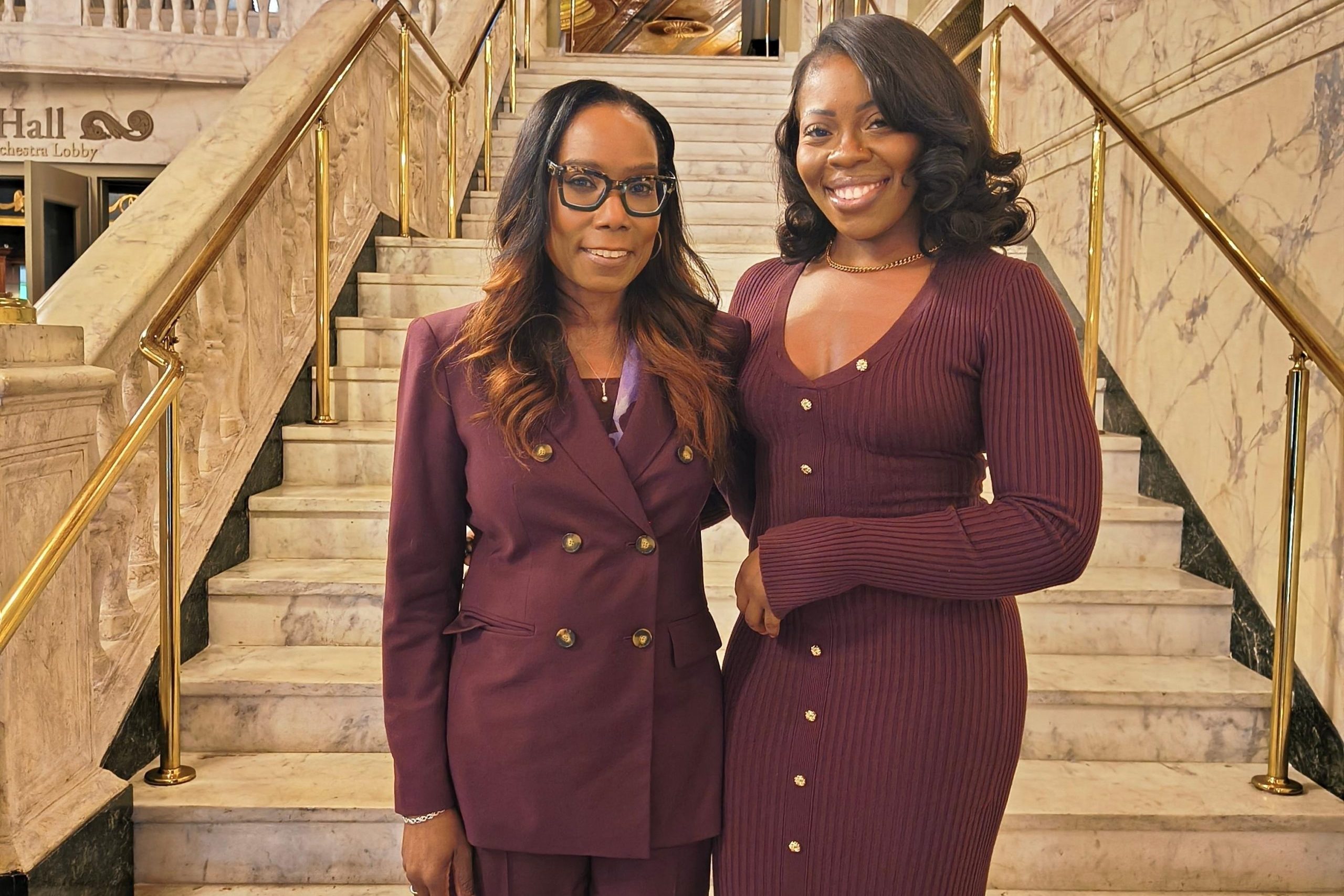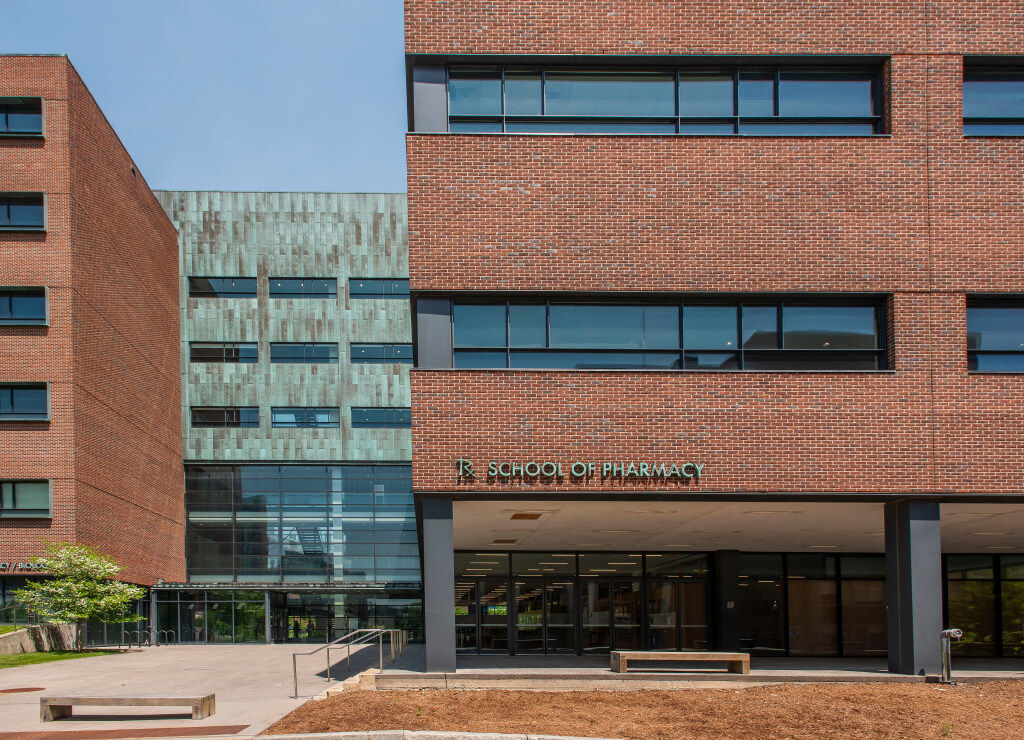As direct-to-consumer marketing becomes pervasive, there’s a growing trend of Do-It-Yourself or DIY dentistry – prompting patients to skip the trip to the orthodontist in favor of at-home impression kits and the ability to order low-cost tooth aligners online.
While the companies may promise an easier way to seek a straighter smile, is it a better way?
Faculty at the UConn School of Dental Medicine say “No.”
“DIY orthodontics and aligners are becoming a popular but alarming trend that can cause long-term damage to the teeth and surrounding structures,” says Dr. Sumit Yadav, associate professor of orthodontics at the UConn School of Dental Medicine. “DIY aligners do not involve a comprehensive diagnosis or treatment planning, which are necessary for successful orthodontic treatment.”
The appeal of doing dental work in the comfort of your own home inspires consumers to address their oral concerns – whether it be needing a protective mouthguard, teeth aligners, or teeth whitening – by going to the local pharmacy chain instead of their dentist’s office.
This trend recently took a new turn after a large chain store announced a partnership with a popular direct-to-consumer invisible aligner company – allowing customers to visit a local drug store to get a 3D image of their mouth scanned for removable aligners to be mailed to their home in a matter of weeks.
Although the 3D images will be reviewed remotely by a licensed orthodontist, Dr. Geraldine Weinstein, associate professor of general dentistry at the UConn School of Dental Medicine, is concerned by the lack of customization and care that a patient would normally receive by going to the dentist’s office.
“We learn a lot about the patient, the patient’s background, medical history, and dental history, and then design restorations for them that are custom-fit and that will work with their mouth. That’s something that can’t be done remotely,” Weinstein says. “We really have to make sure it works for them.”
The lack of one-on-one professional care can often lead to unsatisfactory results. Dentists, on the other hand, are trained professionals who can treat teeth effectively and safely. While dental care and specialty treatments may seem expensive, the consequences of low-cost, unsupervised dental solutions may cost more in the long run, according to UConn’s dental experts. Instead, it may be safer to simply go to your local dentist.
The damage can be “irreparable” if not done correctly, and “may lead to loss of teeth and supporting bone,” according to Sumit.
In addition, professional services may actually be quicker. At UConn Health and some other dental practices, digital dentistry technology allows providers to make quality, in-house aligners for their patients in less time than it would take to utilize a direct-to-consumer aligner service.
“Sending to a lab is very time-consuming – [the product] can come back two to three weeks later,” said Weinstein. “Digital dentistry in-house allows us to make the restoration the same day or within a couple of days, and we can control the quality for the patient very easily.”
DIY dentistry has been met with a great deal of resistance in the dental community. Last month, the American Dental Association (ADA) filed a Citizen Petition with the Food and Drug Administration underscoring concerns about direct-to-consumer orthodontic aligners.
In 2017, the ADA passed a policy “strongly discouraging” the practice of do-it-yourself orthodontics because of the potential for harm to patients. The American Association of Orthodontists also issued a statement of disappointment following the news that a major department store will offer retail orthodontic services in several locations.
Bottom line — with orthodontics or any dental treatment — it’s best to just leave it to the professionals.
Dr. Sharon Gordon, dean, Dr. Geraldine Weinstein, associate professor, Division of General Dentistry, and Dr. Sumit Yadav, associate professor, Division of Orthodontics, all of the UConn School of Dental Medicine, contributed to this article.



